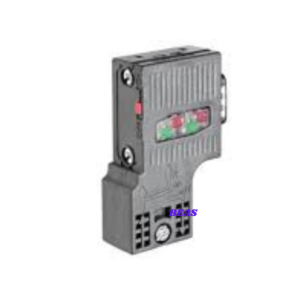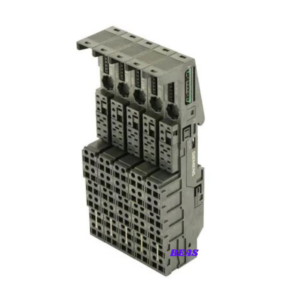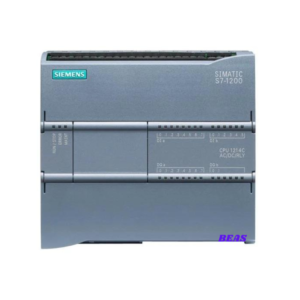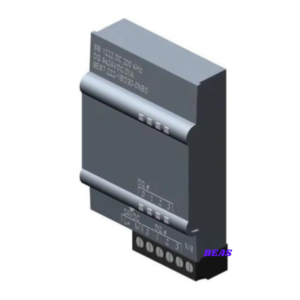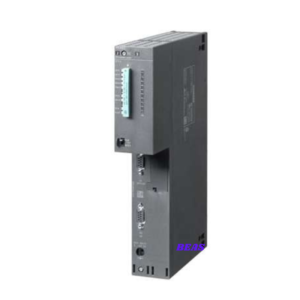A Programmable Logic Controller (PLC) is a specialized computing system used to control and automate electromechanical processes in industrial settings. It’s designed to monitor inputs and make decisions based on a custom program to control outputs, facilitating the automation of various tasks within manufacturing, assembly lines, and other industrial processes.
Here’s a breakdown of its components and functionality:
- Inputs: PLCs receive data or signals from various sensors and devices such as switches, sensors, buttons, or other control systems. These inputs provide information about the state of the system being controlled.
- Processor: The heart of the PLC, the processor executes the control program stored in its memory. This program is usually written using ladder logic, a programming language that resembles relay logic diagrams.
- Memory: PLCs contain memory to store the control program, system configurations, and data logs. Different types of memory include RAM (Random Access Memory) for temporary storage and ROM (Read-Only Memory) for permanent storage of the control program.


